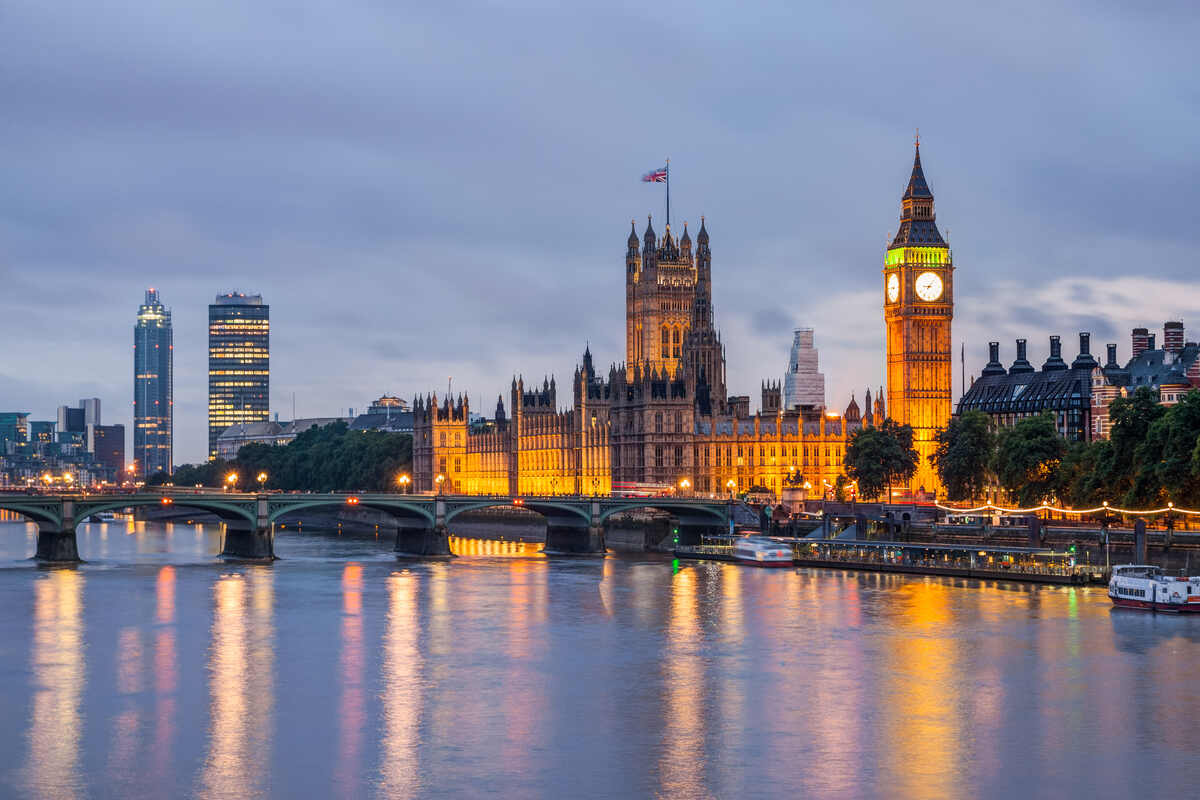The U.K. economy saw a modest growth of 0.3 percent in the second quarter of 2025, marking a clear slowdown from the robust 0.7 percent expansion seen in the first quarter. This growth rate, confirmed by the Office for National Statistics (ONS), aligned with economists’ expectations and revealed resilience amid a challenging international environment marked by high inflation, tariff disruptions, and cautious business investment. Despite the slower pace, the U.K.’s economy remained the fastest growing among the Group of Seven (G7) advanced economies in the first half of 2025, signaling underlying strengths in certain sectors while underscoring persistent structural hurdles to sustained expansion.
Growth drivers and sector performance
The second quarter’s growth was driven primarily by the services sector, particularly information and communication services, which grew by 2.5 percent, alongside human health and social work activities expanding by 1.2 percent. These areas contributed significantly to overall GDP gains. In contrast, the industrial production faced headwinds, and manufacturing output notably fell, reflecting ongoing supply chain issues and subdued business investment. Household consumption grew by only 0.1 percent in Q2, down from 0.3 percent in the first quarter, highlighting cautious consumer spending amid inflationary pressures.
Public spending rebounded by 1.2 percent after a slight contraction in the previous quarter, providing a supportive role in buffering the economy against weaknesses in private sector demand. However, business investment contracted by 4 percent from the first quarter, reflecting uncertainty in the corporate sector. Export growth slowed to 1.6 percent in Q2 compared to 3.3 percent in Q1, influenced partly by geopolitical tensions and the impact of U.S. import tariffs implemented earlier in the year. Imports also slowed to a 1.4 percent increase, indicating softer demand domestically.
Read more: U.K. inflation climbs to 3.8 percent in July on rising restaurant, hotel, and food prices
Current account deficit widens
A concerning development accompanying growth was the widening of the U.K.’s current account deficit. The deficit ballooned to £28.939 billion (approx. $38.8 billion) or 3.8 percent of GDP in the three months to June, significantly larger than forecasts of £24.9 billion and up from 2.8 percent in the previous quarter. The widening gap reflects growing trade imbalances, aggravated by higher energy import costs and sluggish export growth, putting additional pressure on Sterling and raising external vulnerability risks for the economy.
The Bank of England’s monetary policy committee faces a complex balancing act amid this economic backdrop. Inflation unexpectedly rose to 3.0 percent in recent months, up from 2.4 percent in May, complicating efforts to sustain economic growth without overheating. The central bank recently lowered interest rates from 4.5 percent to 4.0 percent while emphasizing its commitment to achieving the inflation target of 2 percent sustainably over the medium term. The Bank acknowledges the muted underlying growth and the gradual easing in the labor market, highlighting persistent challenges in the economy’s recovery trajectory.
BoE projects overall U.K. growth in 2025 will remain modest at around 1.25 percent, reflecting an economy balanced between supportive fiscal measures and lingering global economic headwinds. The 1.4 percent year-on-year GDP rise in Q2, revised upwards from an initial estimate of 1.2 percent, showed some improvement in annual terms, but per capita output increased by only 0.9 percent.
Financial markets responded cautiously, with the pound experiencing slight appreciation following the growth announcement but remaining sensitive to ongoing trade tensions and inflation dynamics. Finance Minister Rachel Reeves continues to face pressure to manage fiscal policies carefully, considering proposed further tax rises to address budgetary challenges while supporting economic stability.
For more economy news, click here.




